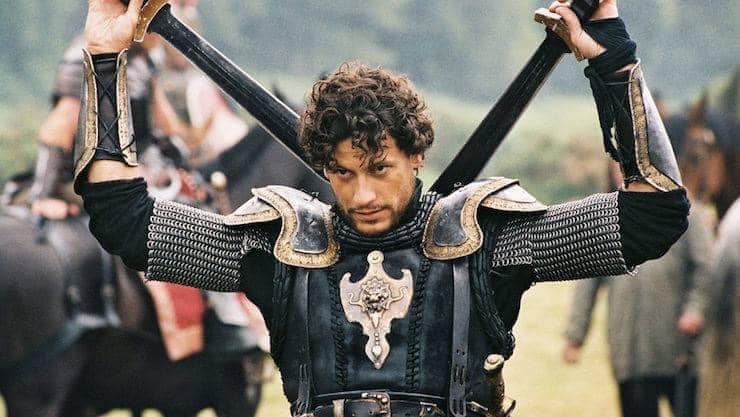King Arthur (2004)

“King Arthur,” directed by Antoine Fuqua and released in 2004, offers a fresh perspective on the legendary tale of the iconic British king. This film, starring Clive Owen as Arthur, Keira Knightley as Guinevere, and Ioan Gruffudd as Lancelot, delves into the historical and mythical aspects of Arthurian legend. By blending historical realism with mythological elements, the film presents a captivating narrative that redefines the traditional story of King Arthur.
Plot Overview
The film is set during the waning days of the Roman Empire, a time of great political and social upheaval. It follows the story of Arthur, a Romanized Briton, who leads a group of knights, including Lancelot and Galahad, in a fight against the invading Saxons. The plot intertwines historical events with the mythological elements of the Arthurian legend. As Arthur and his knights battle to protect their land, they also grapple with personal and moral dilemmas that challenge their loyalties and ideals.

Themes and Symbolism
“King Arthur” explores several themes central to the Arthurian legend, such as leadership, honor, and sacrifice. The film presents Arthur not as a mythical king but as a pragmatic leader who must navigate the complexities of war and politics. This portrayal emphasizes the theme of leadership through adversity, showcasing Arthur’s struggle to unite disparate factions for a common cause.
The film also delves into the theme of honor versus duty. Arthur’s personal code of honor often conflicts with the harsh realities of war, forcing him to make difficult decisions. This conflict is epitomized in his relationships with his knights and his love interest, Guinevere, whose own sense of duty and honor often challenge Arthur’s decisions.
Historical and Mythological Fusion
One of the film’s most intriguing aspects is its fusion of historical accuracy with mythological elements. By setting the story in a historically plausible context, “King Arthur” grounds the legendary figure in a realistic world, adding depth to the traditional narrative. The film explores the decline of Roman influence and the rise of barbarian invasions, providing a backdrop that enhances the story’s authenticity.
Simultaneously, the film incorporates mythological elements such as the quest for the Holy Grail and the concept of Arthur as a unifying figure for disparate tribes. This blend of history and mythology creates a narrative that is both familiar and novel, offering a new interpretation of the Arthurian legend.

Conclusion
“King Arthur” (2004) is a compelling reimagining of the classic legend that successfully merges historical realism with mythological storytelling. By focusing on the complexities of leadership, honor, and sacrifice, the film offers a fresh perspective on the enduring tale of King Arthur. Its unique approach to the Arthurian legend, combined with strong performances and a richly detailed setting, makes it a notable entry in the genre of historical epics and a thought-provoking exploration of one of literature’s most legendary figures.











